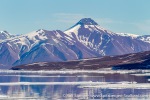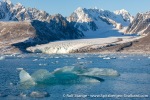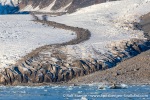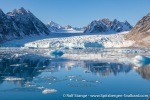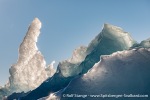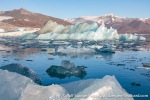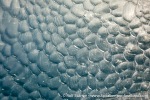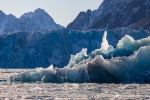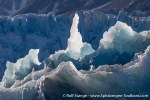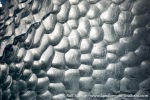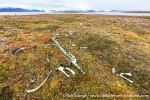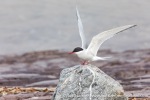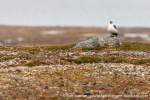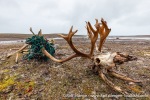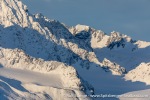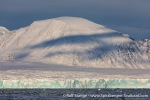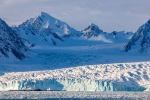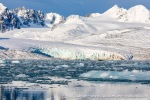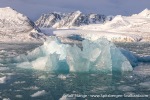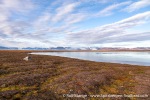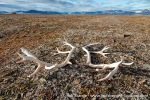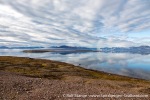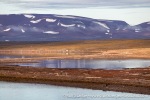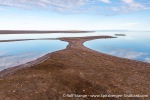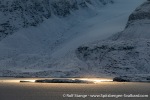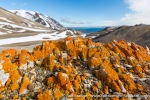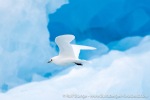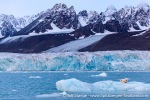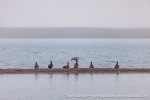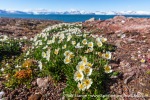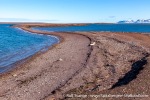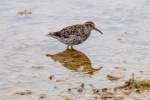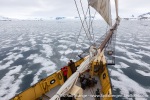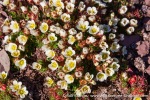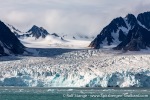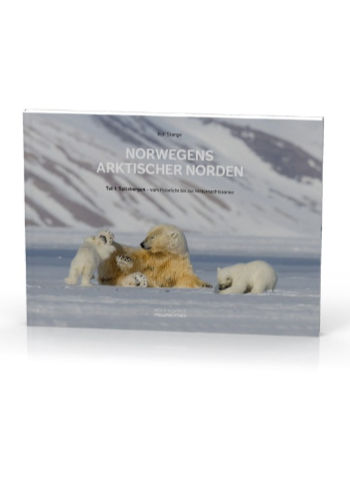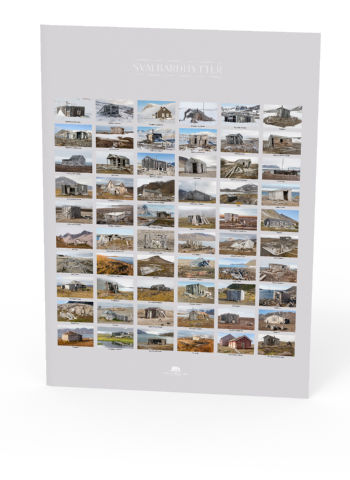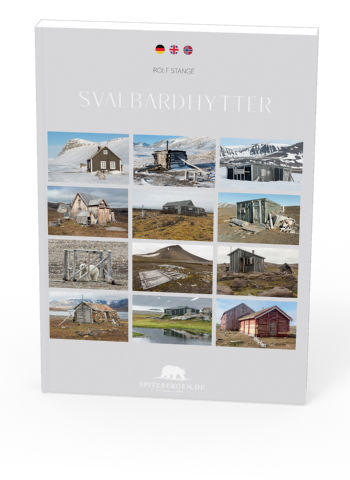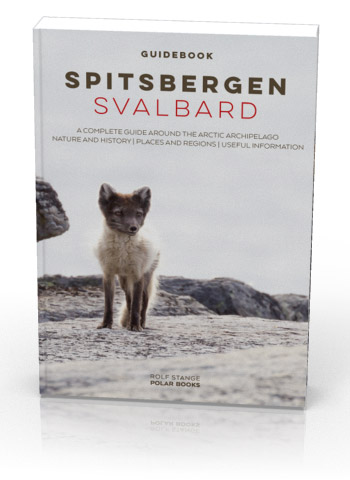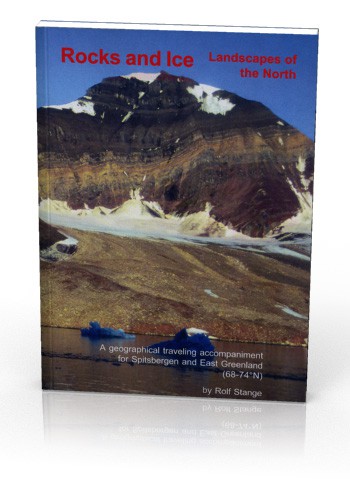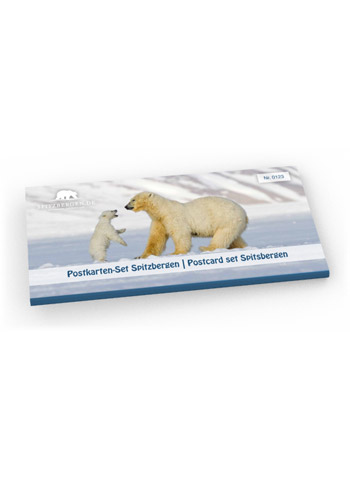-
current
recommendations- Liefdefjord
New page dedicated to one of Spitsbergen's most beautiful fjords. Background information and many photos.
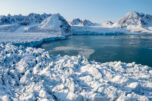
- New Spitsbergen guidebook
The new edition of my Spitsbergen guidebook is out and available now!
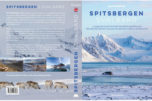
- Liefdefjord
New page dedicated to one of Spitsbergen's most beautiful fjords. Background information and many photos.
Page Structure
-
Spitsbergen-News
- Select Month
- June 2025
- May 2025
- April 2025
- March 2025
- February 2025
- January 2025
- December 2024
- November 2024
- October 2024
- September 2024
- August 2024
- July 2024
- June 2024
- May 2024
- April 2024
- March 2024
- February 2024
- January 2024
- December 2023
- November 2023
- October 2023
- September 2023
- August 2023
- July 2023
- June 2023
- May 2023
- April 2023
- March 2023
- February 2023
- January 2023
- December 2022
- November 2022
- October 2022
- September 2022
- August 2022
- July 2022
- June 2022
- May 2022
- April 2022
- March 2022
- February 2022
- January 2022
- December 2021
- November 2021
- October 2021
- September 2021
- August 2021
- July 2021
- June 2021
- May 2021
- April 2021
- March 2021
- February 2021
- January 2021
- December 2020
- November 2020
- October 2020
- September 2020
- August 2020
- July 2020
- June 2020
- May 2020
- April 2020
- March 2020
- February 2020
- January 2020
- December 2019
- November 2019
- October 2019
- September 2019
- August 2019
- July 2019
- June 2019
- May 2019
- April 2019
- March 2019
- February 2019
- January 2019
- December 2018
- November 2018
- October 2018
- September 2018
- August 2018
- July 2018
- June 2018
- May 2018
- April 2018
- March 2018
- February 2018
- January 2018
- December 2017
- November 2017
- October 2017
- September 2017
- August 2017
- July 2017
- June 2017
- May 2017
- April 2017
- March 2017
- February 2017
- January 2017
- December 2016
- November 2016
- October 2016
- September 2016
- August 2016
- July 2016
- June 2016
- May 2016
- April 2016
- March 2016
- February 2016
- January 2016
- December 2015
- November 2015
- October 2015
- September 2015
- August 2015
- July 2015
- June 2015
- May 2015
- April 2015
- March 2015
- February 2015
- January 2015
- December 2014
- November 2014
- October 2014
- September 2014
- August 2014
- July 2014
- June 2014
- May 2014
- April 2014
- March 2014
- February 2014
- January 2014
- December 2013
- November 2013
- October 2013
- September 2013
- August 2013
- July 2013
- June 2013
- May 2013
- April 2013
- March 2013
- February 2013
- January 2013
- December 2012
- November 2012
- October 2012
- September 2012
- August 2012
- July 2012
- June 2012
- May 2012
- April 2012
- March 2012
- February 2012
- January 2012
- December 2011
- November 2011
- October 2011
- September 2011
- August 2011
- May 2011
- April 2011
- March 2011
- February 2011
- January 2011
- December 2010
- November 2010
- September 2010
- August 2010
- July 2010
- June 2010
- May 2010
- April 2010
- March 2010
- February 2010
- November 2009
- October 2009
- August 2009
- July 2009
- June 2009
- May 2009
- April 2009
- March 2009
- February 2009
- January 2009
- December 2008
- November 2008
- October 2008
- August 2008
- July 2008
- June 2008
- May 2008
- April 2008
- March 2008
- February 2008
- April 2000
- Select Month
-
weather information
-
Newsletter

| Guidebook: Spitsbergen-Svalbard |
Home
→ Spitsbergen information
→ Islands: Spitsbergen & Co.
→ Spitsbergen (Northern part)
→ Liefdefjord
Liefdefjord
Nature and history of a famous fjord in north Spitsbergen
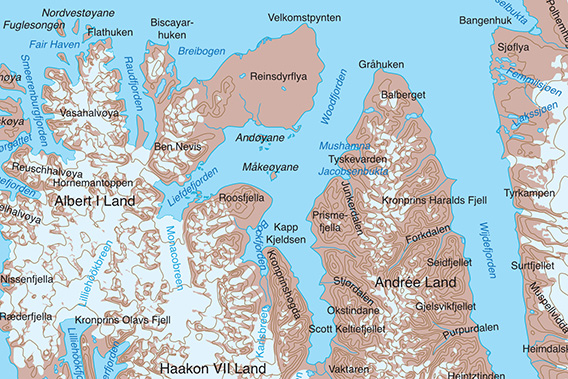
Liefdefjord is a branch of Woodfjord in north Spitsbergen.
General
Liefdefjord is in northwest Spitsbergen. It is part of the Woodfjord area: located on the west side of Woodfjord. This main fjord of the system is much larger than Liefdefjord, with 60 km (Woodfjord) versus 30 (Liefdefjord). For the geography nerds: the boundary between the two is the line from Worsleyneset at the southeast point of Reinsdyrflya to Roosneset (for further geographical detail, refer to the topographic map of the Norwegian Polar Institute.
The landscape around Liefdefjord is very varied, from the wide-open plain of Reinsdyrflya in the northeast to the jagged, alpine peaks and the large glaciers of the inner part. Monacobreen is the largest and the most famous one of these glaciers. It is mainly this glacier and mountain scenery that has made Liefdefjord famous.
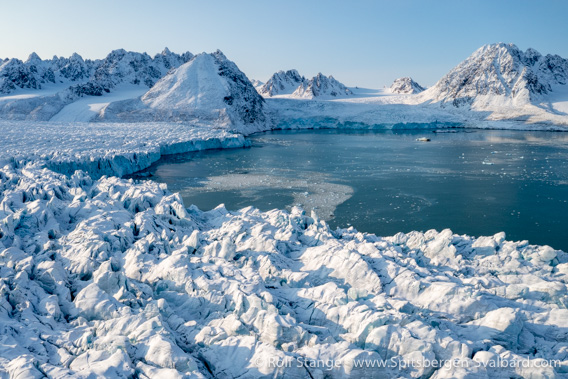
Spectacular centrepiece of the scenery in Liefdefjord:
Monacobreen and, further back, Seligerbreen (bird’s eye view, 2023).
In 2019, several bird sanctuaries were established in Liefdefjord. These comprise the island groups Andøyane (including Ringholmen), Lernerøyane, Måkeøyane and Stasjonøyane. A minimum distance of 300 metres from the shore is required by law during the breeding season (15 May – 15 August).
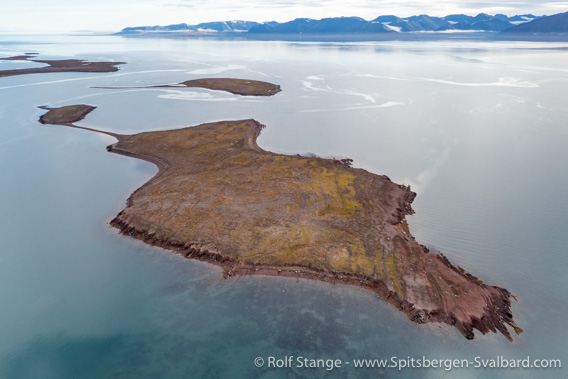
Stasjonsøyane: part of the Liefdefjord bird sanctuary.
Liefdefjord Panorama
There are several pages within this website dedicated to individual sites in Liefdefjord. These pages have photo galleries, background information and 360 degree panoramic images:
- Villa Oxford, a trapper hut and its surroundings on Reinsdyrflya
- Andøyane, a group of small islands in northern Liefdefjord
- Texas Bar, a trapper hut on the west side of Liefdefjords.
- Næssøpynten, Old Red sandstone with small waterfalls at Roosfjella.
Geology and landscape
The Liefdefjord area consists of a varied geological mosaic which makes a great contribution to the stunning and varied scenery. It is actually not that difficult to get a basic idea of the geology, hence it is worth spending some thoughts on it. This requires essentially some interest in the matter, but you don’t have to be an expert. Hence, this section is a bit longer.
To start with, there is the geological basement: schist (slate) and marble. These are rocks that were recrystallised during a phase of high temperature and pressure during the Caledonian orogeny (mountain building phase) some 450 million years ago: originally, schist had been mudstone and marble had been limestone, and pressure and heat turned them into schist and marble, respectively.
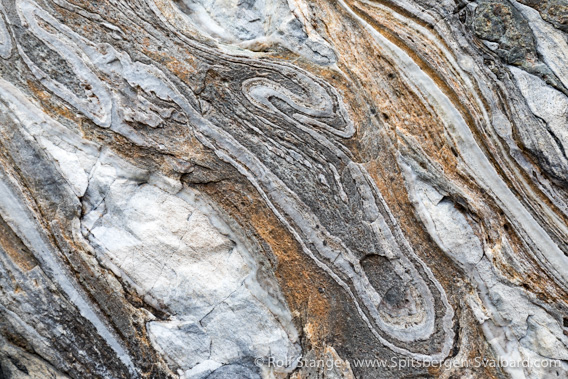
This folded marble in Hornbækpollen is part of the geological basement.
Secondly, there is a younger sedimentary cover , but it is fair to say that „younger“ is a relative term, these rocks are literally as old as the hills 🙂 when the Caledonian mountains were formed, they were immediately attacked by erosion. The eroded material that originated from the Caledonian mountains was deposited in subsiding lowlands neighbouring the elevated mountains. Due to the huge amount of sediment and the subsidence (caused by tectonic movements), sediment piles with a thickness of up to 10 kilometres or even more could develop over millions of years. The oldest part of this sediment pile consists of coarse conglomerates, while the younger layers are fine-grained sandstone and siltstone. Some of these layers show a beautiful red colour due to iron oxide. For these reasons, these sediments are collectively known as the Old Red. They were deposited during the Devonian, between 360 and a good 400 million years ago.

Devonian red sandstone: “Old Red”, here on Andøyane.
Polar bear for scale 🙂
Both structural parts, basement and Old Red, can be seen in Liefdefjord and neighbouring areas (Raudfjord, Woodfjord, Wijdefjord). Together, they form a mosaic of roughly north-south trending stripes which are separated from each other by tectonic faults (cracks).
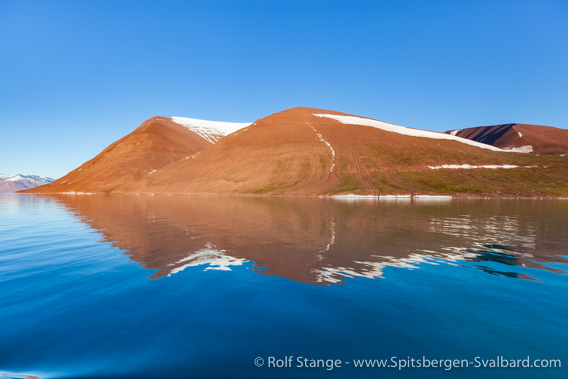
Old Red in full splendor at Roosfjella.
The difference between the older basement rocks and the (relatively) younger Old Red is easily visible because of their different colours, structures and behaviour when weathering at the surface: basement rocks tend to be responsible for steeper slopes and pointed mountains such as the ones west of Monacobreen including Stortingspresidenten (1001 metres). Old Red landscapes usually have mountains with less steep, even rounder slopes such as Roosfjella east of Lernerøyane which is a striking appearance due to its colour. And the flat islands and lowlands north of Liefdefjord – Måkeøyane, Andøyane and Stasjonsøyane as well as Reinsdyrflya – are all Old Red landscapes with distinct reddish colours and a noticeable lack of elevations.
Lernerøyane, finally, are an interesting mixture of both basement and Old Red (but basement rocks are dominant here).
This isn’t to say, of course, that Old Red landscapes are never steep and basement landscapes are never low-lying. Generally speaking, anything is possible in a given individual case, depending on a huge variety of factors including tectonic history. But in the case of Liefdefjord, it is a good starting point to understand the structure of the landscape.

Geological mosaic: light-grey marble and dark shist on Lernerøyane.
Landscape
The geology section above is a good starting point to understand the landscape in Liefdefjord. As mentioned there, the outer (northern) part of the fjord has rather low-lying, wide-open landscapes consisting of Old Red sandstone with its often beautiful colours. Remains of sub-fossil elevated beach ridges are almost omnipresent in this area, although not as distinct and easily seen as in other parts of Spitsbergen which are geologically better suited to make this phenomenon more easily visible. There are huge erratic boulders in many places.
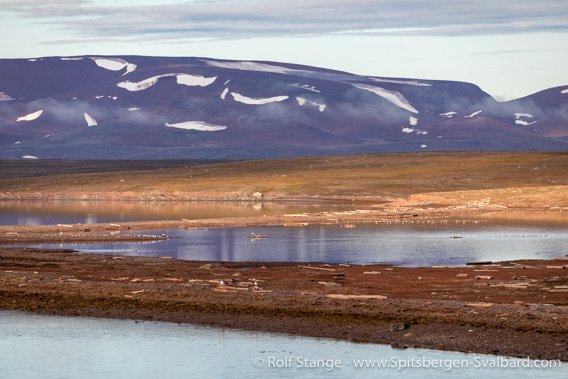
Coastal landscape on the south side of Reinsdyrflya.
Inner Liefdefjord is characterised by high, rugged with steep slopes and sharp peaks consisting of crystalline basement rocks.
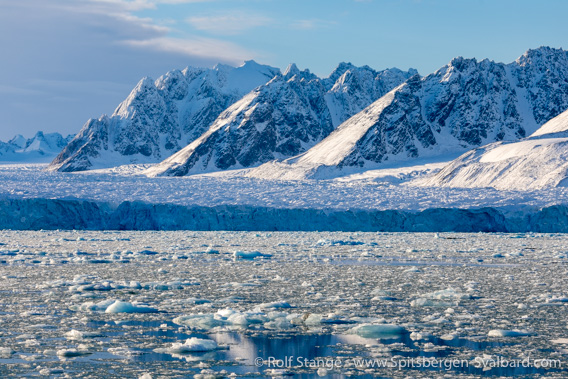
Mountains west of Monacobreen.
The most prominent eyecatchers are obviously the large glaciers in inner Liefdefjord, mainly Monacobreen with its 4 kilometre wide glacier front and its neighbour to the west, Seligerbreen.
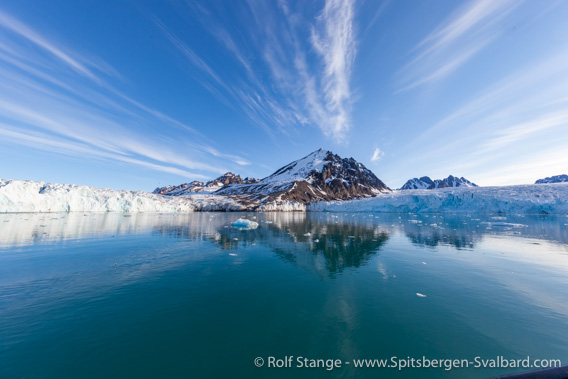
Monacobreen (to the left), the mountain Stortingspresidenten (centre)
and Seligerbreen (to the right), 2016.
Monacobreen and Seligerbreen shared a glacier front north of the mountain Stortingspresidenten but the connection was lost in 2016 due to the retreat of these glaciers, when the rock slope of Stortingspresidenten became exposed on the shore.
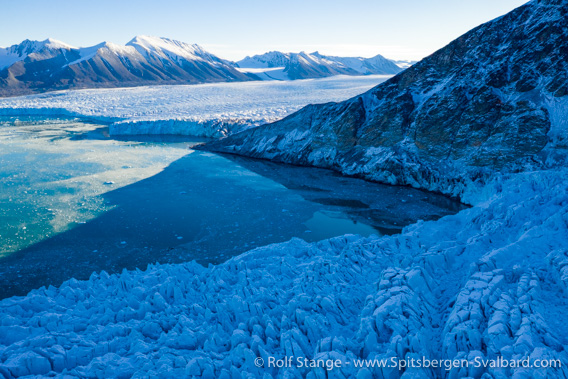
Seligerbreen (foreground), Stortingspresidenten (centre) and Monacobreen (background), 2018.
Flora and fauna
There are extensive tundra areas in the lowlands in outer Liefdefjord. They have a wide range of interesting flower species including mountain avens and moss campion, purple saxifrage and spider plant and many others. The colour display of the flowers in high summer is beautiful.

Purple saxifrage on Andøyane.
As the name Reinsdyrflya („reindeer plain“) suggests, reindeer are not uncommon in this vast lowland area, but the density is actually lower than what one might expect. Arctic foxes are common and so are polar bears, although it is my personal impression that polar bear sightings were more frequent in Liefdefjord in the years from 2000 to 2010 than they have been since. Back then, it was almost a safe bet to check the south side of Reinsdyrflya including the nearby islands for bears. And of course chances are still that the king of the Arctic is around somewhere in that area or elsewhere in Liefdefjord, but maybe not as frequently as back then. But as said, this is just my personal impression.
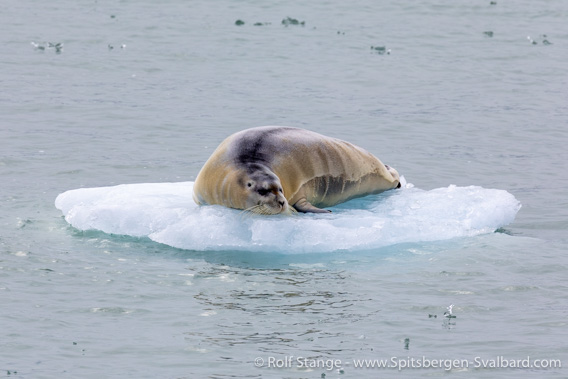
Bearded seal near Monacobreen.
The small island groups (bird sanctuaries, see above) have breeding populations of various ground breeders including common eider ducks, king eider ducks and long-tailed ducks as well as grey phalaropes, to mention just a few. Lernerøyane do not have significant breeding populations of these or other birds; it is a bit hard to understand why they were declared a bird sanctuary together with the other islands in 2019.
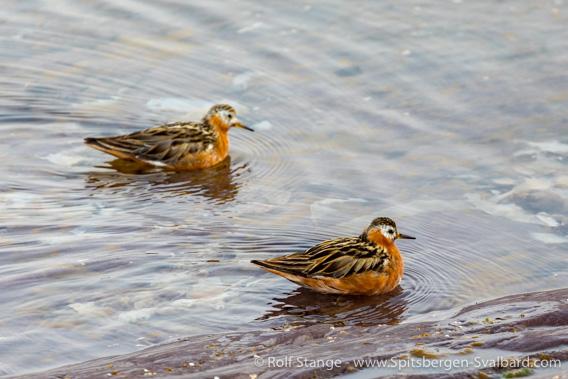
Grey phalaropes at Stasjonsøyane.
Inner Liefdefjord tends to be steep and rocky and vegetation is accordingly more sparse and restricted to suitable locations. There is a smaller bird cliff with kittiwakes high up on steep slopes between Texas Bar and Hornbækpollen.

Kittiwakes looking for food in turbulent meltwater near Monacobreen.
History
The earliest chapters of Spitsbergen’s history, whalers and Pomors, are not represented in Liefdefjord. If they were there at all, then they did not leave any visible traces.
Regarding early expeditions which contributed to mapping and general knowledge about the area, we have to mention Duke Albert I. of Monaco (expeditions in 1906 and, 1907; that’s obviously where the name “Monacobreen“ comes from). Also in 1907, the German journalist and Spitsbergen enthusiast Theodor Lerner was in Liefdefjord with his little expedition. They did some mapping in then area (placenames: Stasjonsøyane – they had a geodetic station there, but that was actually nothing more than a topographic landmark – and Lernerøyane).
Trappers had their hunting grounds in Liefdefjord. Neighbouring Woodfjord was usually the core of their territory and the place where they had their wintering stations (mainly Mushamna and Gråhuken). They had a couple of smaller huts in Liefdefjord which they used to extend their hunting area. Two of these huts are still existing, Texas Bar (built in 1927) and Villa Oxford (1924). Both were built by a then young Hilmar Nøis, who became one of the veterans of the trade in Spitsbergen and thus achieved local fame. He was far from being the only one in his family who spent their lives hunting and wintering in the Arctic. His uncle Martin Pettersen Nøis was involved when Texas Bar was built.
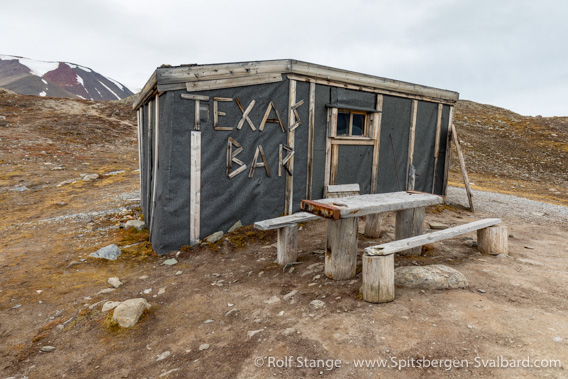
Texas Bar, a trapper hut in Liefdefjord and today a popular tourist site, as is made obvious by erosion.
There were more trapper huts in Liefdefjord, but some were destroyed during the second world war by the Germans who had a war weather station known as Kreuzritter in Sørdalen on Reinsdyrflya (northwest of Andøyane) in 1943-44. There are still some scattered remains of the station and the grave of station leader Knöspel, who died when a mine exploded that he tried to defuse just before they were to be picked up.
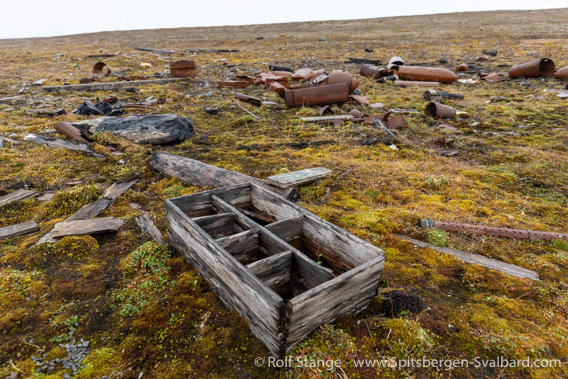
Remains of the war weather station Kreuzritter.
In 1990-92, Liefdefjord was the main working area of a large scientific expedition led by geography professor Blümel from Stuttgart in Germany, the SPE (German Geoscientific Spitsbergen Expedition). They did mainly work on geomorphology, that is processes contributing to landscape development (sediment transport in rivers, solifluction), glaciers, geology and biology/ecology. Andreas Fieber, a young expedition member, died during an accident when a slush avalanche rushed down from a snow-covered area and a glacier.
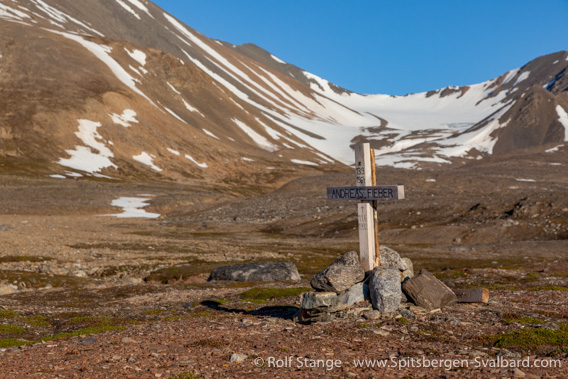
Memorial cross for Andreas Fieber who died in 1992 in an avalanche on the area behind the cross to the left.
Photo gallery – Liefdefjord
Pictures from the years 2009 to 2023. The gallery is a collection of impressions from Liefdefjord, from the wide-open tundra and lowlands of Reinsdyrflya and nearby islands (Stasjonsøyane, Andøyane) to the alpine mountain and glacier scenery at Monacobreen and the ice that often covers the fjord there. Wildlife, flowers, various times of year from the early to the late summer with all sorts of weather, light and snow conditions are represented to give an idea of the variety of the landscape and nature (and some history) of the area.
- gallery anchor link: #gallery_2946
Click on thumbnail to open an enlarged version of the specific photo.
BOOKS, CALENDAR, POSTCARDS AND MORE
This and other publishing products of the Spitsbergen publishing house in the Spitsbergen-Shop.
last modification: 2023-10-26 ·
copyright: Rolf Stange



